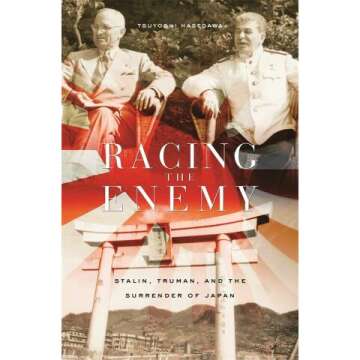The Day Amsterdam Fell: A Historical Overview
On May 15, 1940, **German troops occupied Amsterdam**, marking a significant moment in World War II. This invasion was part of Germany's larger strategy to conquer the Netherlands, which they executed swiftly with their Blitzkrieg tactics. By the time the city fell, the Dutch military had been overwhelmed, leading to the **surrender of General Winkelman**, the commander of the Dutch forces.
General Winkelman's Leadership
General **Winkelman** played a crucial role in the defense of the Netherlands. As commander, he was responsible for coordinating military strategies against the advancing German forces. Although outnumbered and outgunned, Winkelman's forces fought valiantly. However, by the time of surrender, he recognized the futility of continued resistance against the well-coordinated and mechanized German army, ultimately leading to his decision to capitulate.
The Surrender Ceremony
The formal **surrender** took place in a tense atmosphere. With Dutch troops encircled and facing overwhelming firepower, General Winkelman confirmed the defeat under significant pressure from both his officers and the encroaching enemy. His decision to surrender came as a relief to some, but it was a moment of deep regret for many Dutch soldiers and civilians who were unable to protect their homeland.
Impact of the Occupation on Amsterdam
The occupation had profound implications for the city of **Amsterdam** and the Netherlands as a whole. Under German rule, the Dutch experienced severe restrictions, economic exploitation, and the harsh realities of life in a war zone. This period notably included the implementation of anti-Jewish measures which led to tragic consequences for many in the Jewish community.
The Changing Landscape of Amsterdam
During the occupation, the landscape of Amsterdam transformed under the **Nazi regime**. The city became a center for German administration and military operations, leading to significant changes in everyday life for its residents. Identity papers, curfews, and suppressive measures created an environment of fear and uncertainty.
Resistance Movements Emerge
Despite the oppressive conditions, resistance movements began to sprout throughout the city and the Netherlands at large. Groups formed to sabotage German efforts, protect Dutch citizens, and maintain their national identity against the tide of occupation. The spirit of resistance would eventually play a crucial role in the liberation of Amsterdam in 1945.
Fun Fact
General Winkelman’s Legacy
A surprising aspect of **General Winkelman’s** legacy is how he is remembered in Dutch history. Even after surrendering, he was viewed with compassion by many, as his difficult choices during the German invasion reflected the dire straits faced by military leaders at that time.
Additional Resources
Recommended Reading on the Dutch Resistance and WWII
For those interested in delving deeper into this pivotal moment in history, consider picking up books such as “The Dutch Resistance: 1940-1945” and “Amsterdam: A History of the World's Most Liberal City”. They provide valuable insights into the struggles and resilience of the Dutch people during the occupation.































































































































































































































































































































































































































































































































































































 Continue with Google
Continue with Google